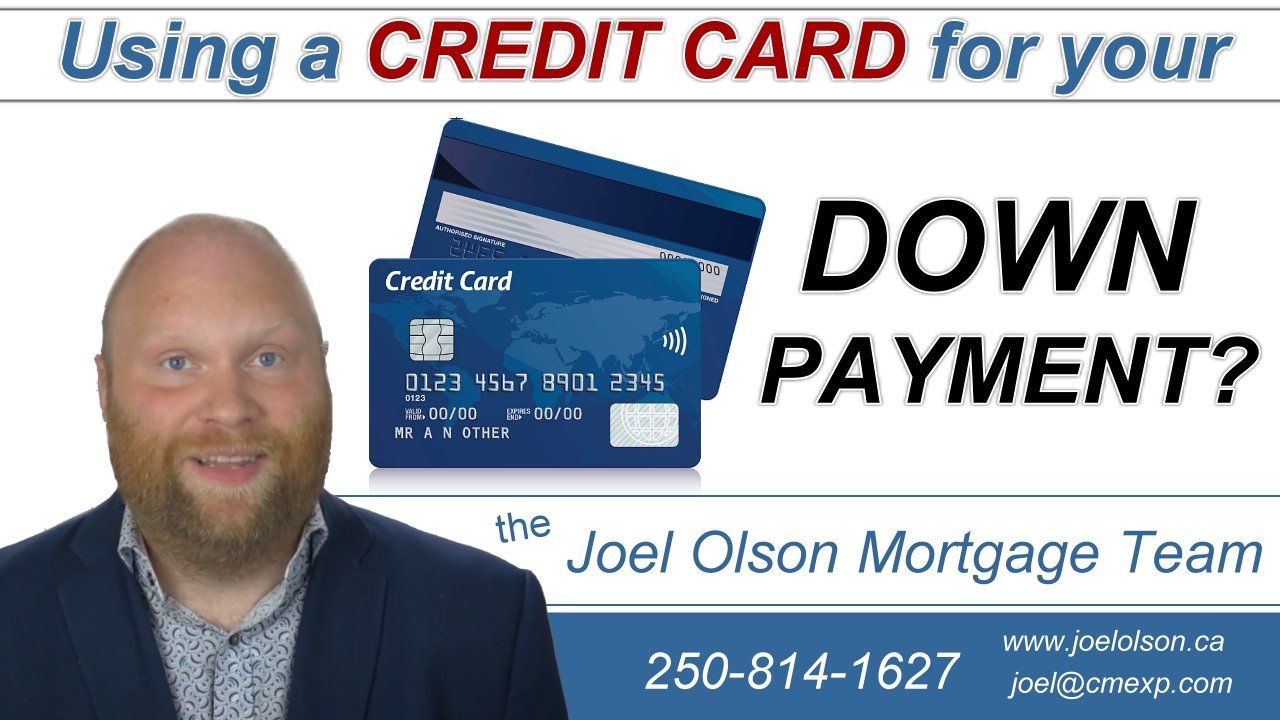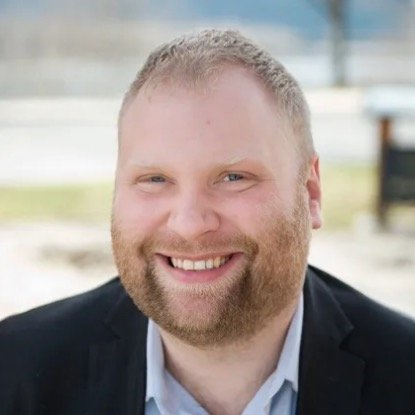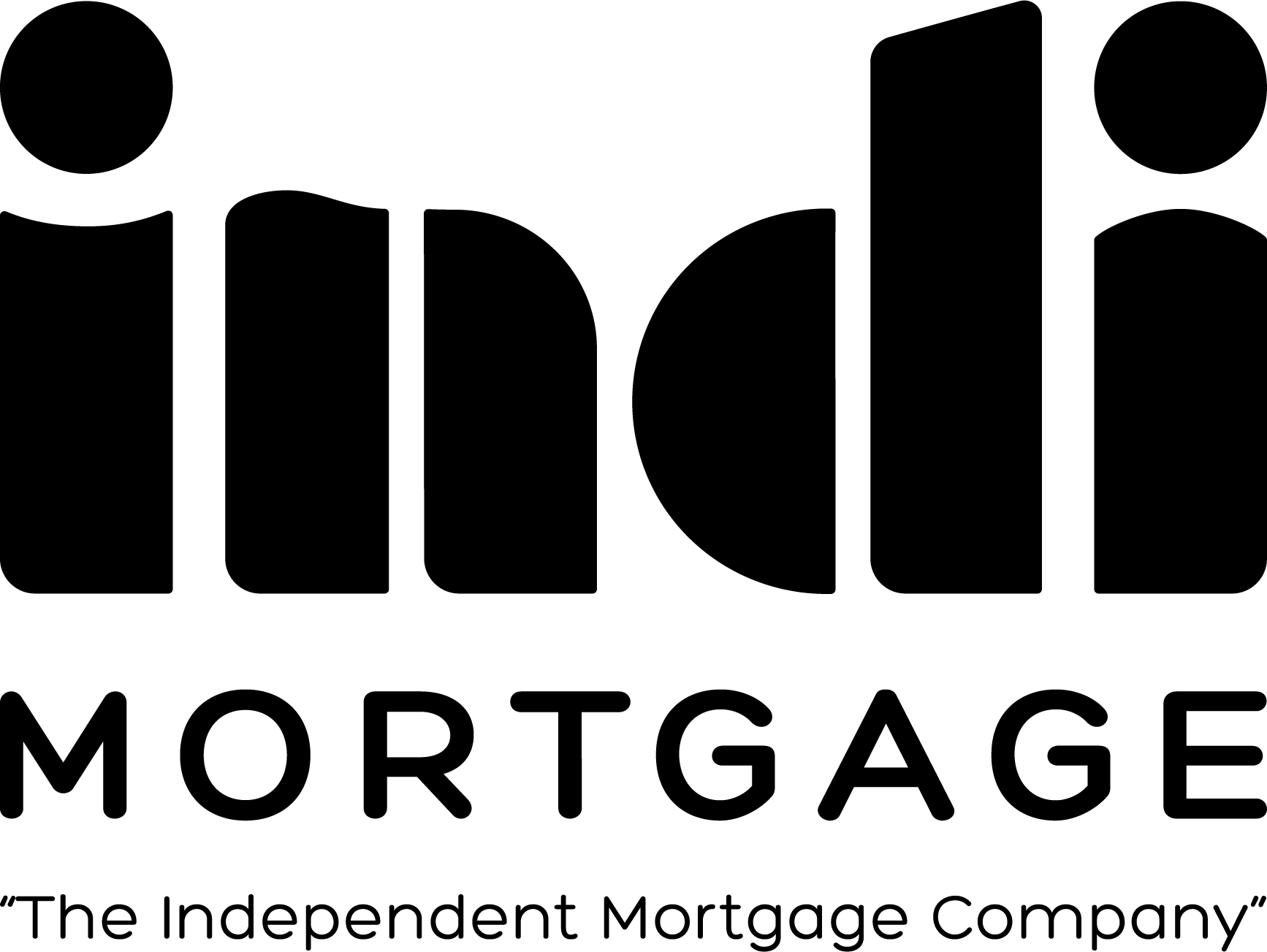Can you use your credit card for a down payment?
You can. But should you?
So here's an interesting question.
Could you use a credit card as a down payment when you're buying your first home?
Technically, this is allowed.
There's nothing restricting you from doing that.
We do use a standardized payment when you're using credit or something in order to finance your down payment, but there's nothing restricting you from doing that.
Now, whether or not that's financially going to make a lot of sense, use a 12% credit card for your down payment, that's an entirely other deal.
But the idea that you might use a credit line is certainly something that could be a good idea.
If you're using a credit line that might be 3%, 5% interest and you're borrowing a down payment of $20,000 to $50,000, that's definitely something that's both allowed, and you don't need to do something creative as some brokers and banks suggest, like making that into a gift.
It is totally allowed... it's called flex down, and you're allowed to do that when you're buying a home.
Now, you want to make sure your profile is very strong: That is, good credit, otherwise, good job tenure and history.
But other than that, that's totally allowed.
So if you're struggling for a down payment and you have a lot of credit handy, know you can use that for buying a home that you're going to live in and occupy and essentially get into something 100% down.
If you want any more mortgage scripts, please subscribe to our channel, or go ahead and share this with as many people as you can think of.
We'd love to share more tips with them.
If you have a question, feel free to comment below.
Maybe we can address those questions on one of these videos. Thanks so much. Have a great day!






